The massive Warsaw Citadel complex was built in the wake of the 1830 November Insurrection, and commissioned by Tsar Nicholas I to serve as a fortress for the occupying Russian garrison - and as a political prison and execution ground. Housing as many as 16,000 troops, the main purpose of the citadel was to deter and quash any patriotic movement within the city. Of the 40,000 prisoners who have passed through its gates, familiar names include national hero Józef Piłsudski, communist agitator ‘Red’ Rosa Luxembourg and Feliks Dzierżyński - the monster who would progress to become head of the Russian secret police.
As well as being a supreme example of 19th century fortress architecture, the 36 hectare site hosts several museums and points of interest, most importantly the Katyń Museum in the south wing, but also the 10th Pavilion Museum - in which you'll find information about the fort's history as a political prison, and the modern art gallery, Galeria Brama Bielańska, both in the north wing (open Wed-Sun 10:00-17:00). Perhaps the best way to access the fort and explore it is via the 10th Pavilion Museum, inside of which you'll find a labyrinth of well-preserved tunnels and prison cells that contain numerous exhibits, paintings, prison relics and firearms, while outside you'll find a Nazi bunker dating from 1940, a symbolic cemetery, and The Gate of Execution. It’s here on the nearby southern hillsides of the Citadel that Polish heroes like Traugutt were executed in front of a crowd of 30,000 in 1864.
Warsaw Citadel
Metro
Dworzec GdańskiAssociated Venues
/warsaw/sokolnicki-fort_151827v
Located in Żeromski Park, Sokolnicki Fort is part of the 19th century


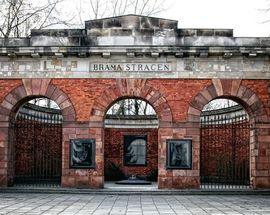
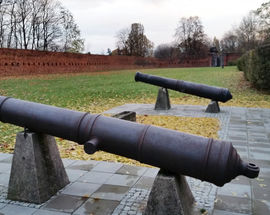
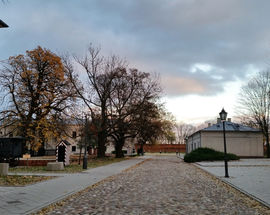
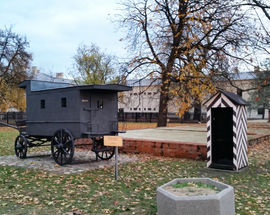
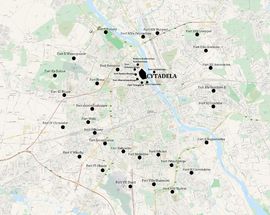
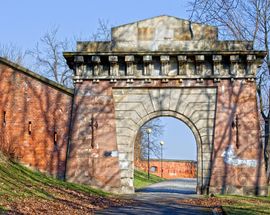

Comments
Editor Warsaw In Your Pocket
The entrance to the Citadel is actually on Wybrzeze Gdanskie street which is unfortunately just off the map we publish in the guide. And the military equipment is actually outside of the military museum which forms part of the Citadel complex. The review has been made clearer to show that. Thanks for the tip.
George Szwejkowski
I found the entrance difficult to find. My taxi driver, with sat-nav had the same difficulty. Once we found the correct entrance it was quite difficult to identify the right door. Once inside I found the staff very friendly and helpful, although not a word of English between them.I enjoyed the displays and it helped to have a smattering of Polish history to make sense of it all as there was very little written in English. I could not see any military hardware outside - perhaps it has now been moved to the military museum.